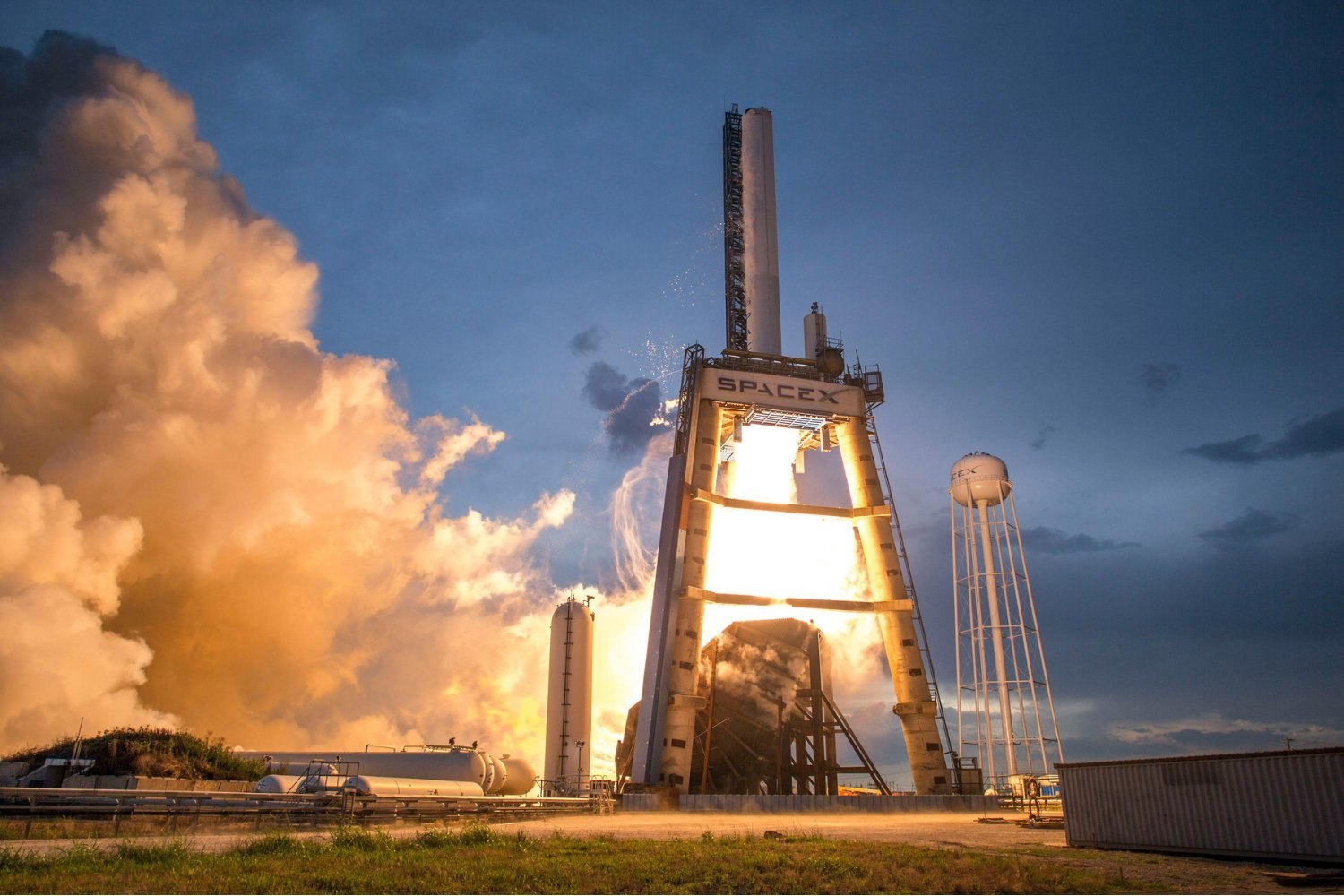SpaceX’s latest maneuver raises questions about its ability to catch rockets mid-air.

The impressive landing with millimeter precision
SpaceX’s most recent maneuver has left its competitors amazed. The Super Heavy booster, towering at 70 meters tall, successfully landed with an astonishing precision of 0.005 meters, a remarkable achievement. This accomplishment took place during its fourth test flight, as the rocket impeccably hovered over a designated spot in the Gulf of Mexico, demonstrating the exceptional reliability of the company’s technology.
Preparing for the fifth flight
SpaceX’s Starship stands as the largest and most powerful rocket ever constructed. With a towering height of 120 meters and two stages, this system is capable of carrying over 100 tons to low Earth orbit, with ambitious plans for missions to the Moon and Mars. The emphasis on total system reusability is pivotal to lowering costs and enhancing the frequency of space launches.
Building on the success of the fourth flight, where the Super Heavy executed its initial simulated landing maneuver, SpaceX is optimistic about its ability to precisely capture the rocket during the upcoming attempt. The company has outlined its intention that, if all proceeds as anticipated, the Super Heavy will make a controlled return to SpaceX’s facilities in Texas, where “Mechazilla” will secure it and position it directly onto the launch pad.
The rationale behind the mid-air capture
A notable distinction between the Falcon 9 and the Super Heavy lies in the absence of retractable landing legs on the latter. Given its immense size and weight, incorporating such structures would significantly impact its payload capacity. Consequently, SpaceX has devised an innovative approach to maximize rocket reusability: capturing it with tower arms, enabling swift refueling and a prompt relaunch, akin to the operational model of an aircraft.
Nevertheless, this maneuver entails inherent risks. In suboptimal conditions, the Super Heavy may not land on solid ground but instead splash down once more in the Atlantic Ocean.




